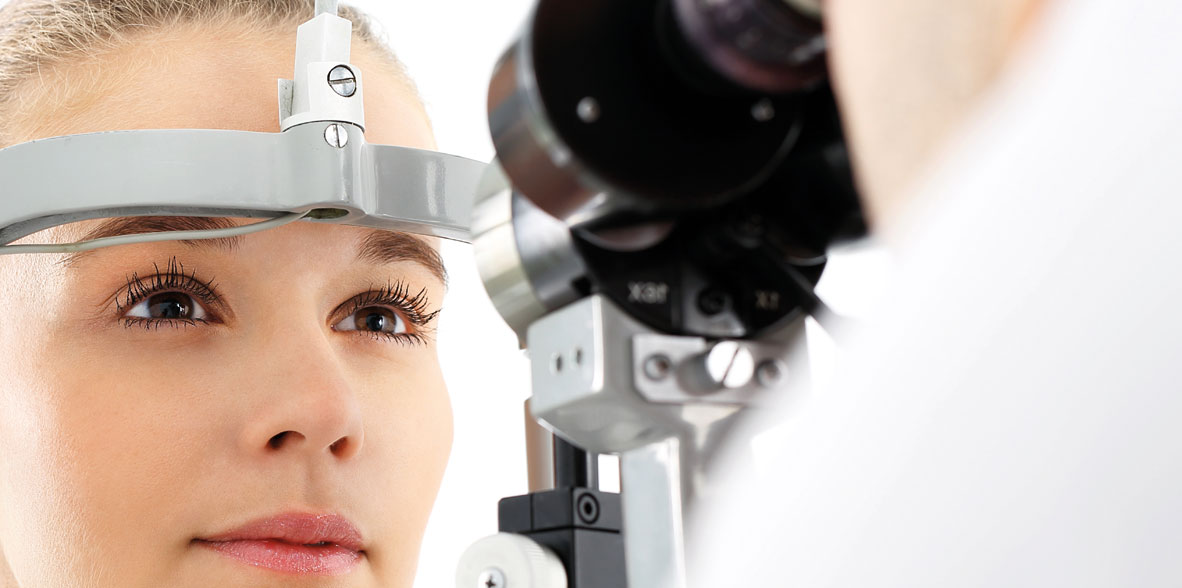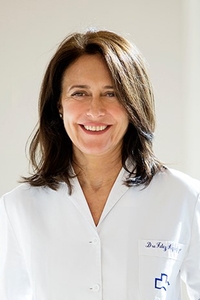

 Centro Médico Teknonen/health-centers/centro-medico-teknon
Centro Médico Teknonen/health-centers/centro-medico-teknon- Centro Médico Teknonen/health-centers/centro-medico-teknon
 Centro Médico Teknonen/health-centers/centro-medico-teknon
Centro Médico Teknonen/health-centers/centro-medico-teknon
- Strabismus in children
When can I take my child to a doctor?
Any child who deviates intermittently one of the eyes can be attended to by a specialist at the age of six to seven months. Children struck by constant misalignment must be taken to a doctor immediately after they are born.
Strabismus is the main cause of amblyopia, also known as lazy eye, since the misaligned eye is not used and its visual accuracy thus deteriorates
How can it be corrected?
Strabismus in children can be corrected with either glasses, surgery or both options. Neither vitamins nor the course of time will put this visual defect right. The surgery is simple, but in children a general anaesthetic will be required.
What is the difference between epicanthus and strabismus?
 Strabismus is not to be confused with epicanthus, an inborn feature in some children. In the case of an epicanthus, the shape of the eyelids -with a flap of skin sheathing the lachrymal zone- creates the impression that the gaze of the child is misaligned without it actually being so. Neither surgery nor treatment is necessary: it will fade away as the child grows older.
Strabismus is not to be confused with epicanthus, an inborn feature in some children. In the case of an epicanthus, the shape of the eyelids -with a flap of skin sheathing the lachrymal zone- creates the impression that the gaze of the child is misaligned without it actually being so. Neither surgery nor treatment is necessary: it will fade away as the child grows older. - Strabismus in adults
Is surgery an option?
In many cases, adult patients with strabismus suffer from diplopia (double vision). The former idea that strabismus in adults cannot be treated to satisfactory standards, or that surgery for this impairment is purely for aesthetical reasons, has completely vanished. Treatment for strabismus in adults will enhance their visual field and the capacity of their eyes to fuse images together, will reduce double vision and, self-evidently, make their eyes visually more attractive.


Not only there will be a significant aesthetics improvement, but the patient will also enjoy more comfort in tasks such as reading or driving
Surgery will be the treatment in the majority of cases. Some people must reinforce this afterwards with glasses, lenses, exercises for the eyes and other measures
- Accommodating convergent strabismus postsurgery refractive


Pre-cirugía Post-cirugía



































